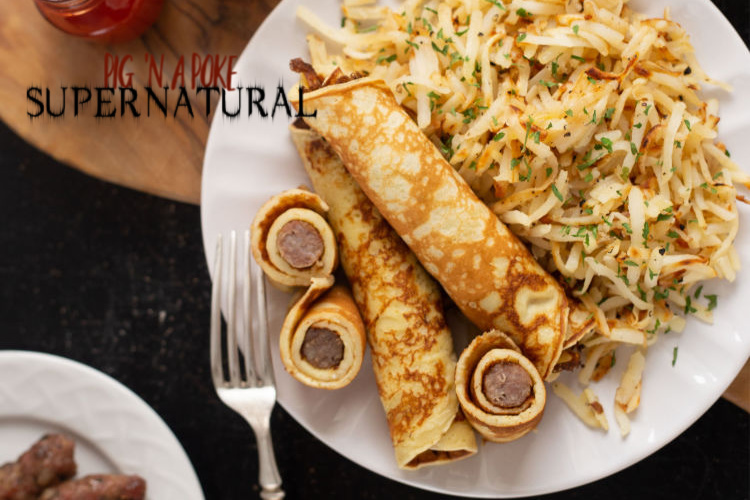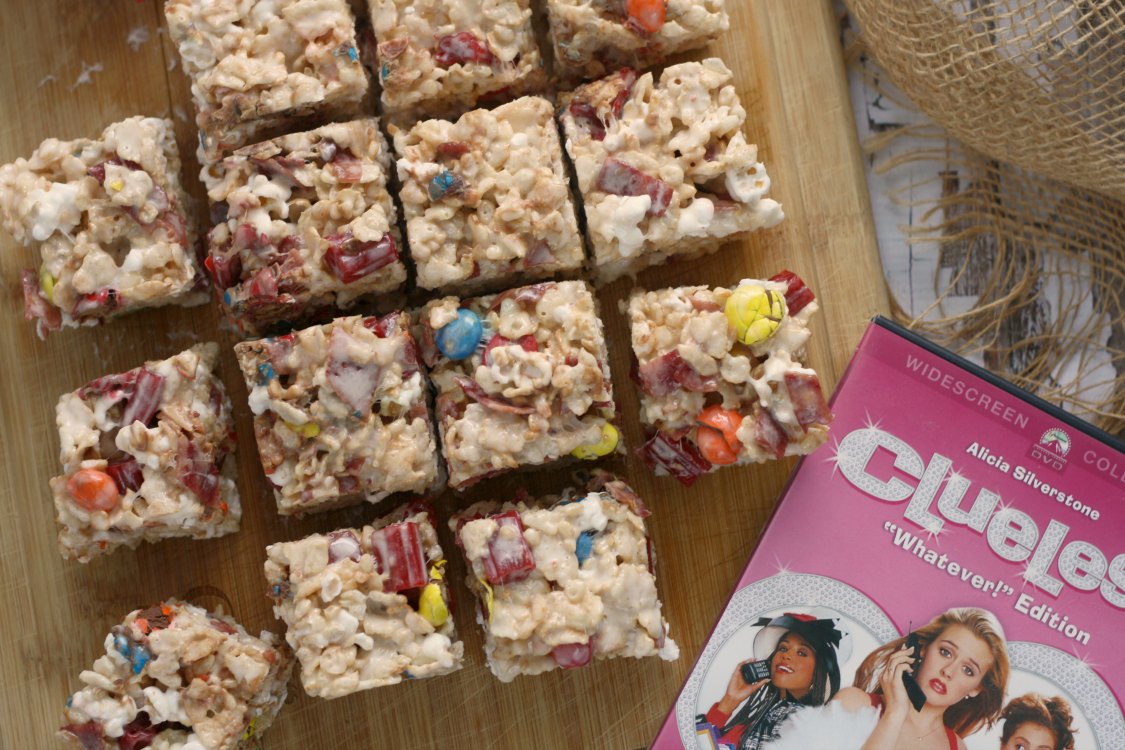Have you heard the phrase "The Danes are the happiest people on the planet"? In my quest to learn more about the country (Kingdom) of Denmark and its cuisine, I ran across it time after time after time. And honestly, after getting to know it even the slightest bit, I can see why that would be true.
Though Denmark is a small country, with a population of only 5.5 million people, it has one of Europe's largest coast lines (7.500 km) and 400 islands. It has beaches and sand dunes (come on, the sea is never more than 50 km away...no matter where you are), well-developed routes for hiking and biking, and ski slopes that are very much a part of everyday life.
Denmark leads the way in energy efficiency. They are the first country in the world to decide to become a green growth economy - which means that they will be entirely independent of fossil fuels - by the year 2050. Another cool fact, 7.6% of the Danes total food spending is on organic produce. This is a greater proportion than anywhere else in the world.
Between little facts like these, and airy, sunny photographs of historic buildings lining cobblestone streets, busy waterfronts, and the food (oh, the food) that I've discovered in Denmark...I have decided that I need to take a little sojourn to land where the happiest people on the planet reside. Who's with me?
Okay, let's talk about the food. Did you doubt that that's what my focus would be? I mean, a country whose largest industry is Food and Agriculture has to rank high in my book. First, a few facts:
- The Danes account for 45% of the total EU seed output. Their specialties are spinach, grass, and chrysanthemum.
- A historic part of Denmark's culinary tradition is preserving food for the long winters by means of salting, pickling, and smoking.
- Denmark has 5,000 farms that produce 28 million pigs PER YEAR. (And apparently, in 2011, the British Army was embarrased to find that their full English Breakfast wasn't fully English - it contained DANISH bacon.)
- Like the preserved foods, Rugbrød (Danish rye bread) is an important and always included item on the history Danish menu.
Plus, I will be making endless variations of Smørrebrød (the traditional Danish open-faced sandwiches) over the next week or two. Plus, I'm freezing half a loaf for the next time I see my mom. I cannot wait for her to try it.
Rugbrød (Danish Dark Rye Bread)
by
Prep Time: 5 days (mostly unattended)
Cook Time: 75 minutes
Keywords: bake bread sandwich sourdough starter rye Danish
Ingredients (1 large loaf)
- 2 teaspoons active dry yeast
- 11 ounces lukewarm water (110° F)
- 8 ounces dark rye flour, divided
- 196 grams (7 ounces) Rye Sourdough Starter (that's about half of your initial starter)
- 275 grams (9.8 ounces) dark rye flour
- 340 grams (12 ounces) cracked rye
- 300 grams (10.5 ounces) whole wheat flour
- 69 grams (scant 2.5 ounces) whole golden flax seeds
- 24 fluid ounces (3 cups) cool water
- 1 tablespoon molasses
- 1-1/2 tablespoons kosher or sea salt
- 1-1/2 teaspoons neutral oil
- 1-1/2 teaspoons water
Instructions
Making the Starter (give yourself 4 days before baking your bread):
Place the water into a large glass bowl or container and sprinkle the yeast over the top; stir and let sit until it looks creamy (bloomed), 5 minutes or so. Use a wooden spoon to stir in 6 ounces of the rye flour until well combined. Cover loosely and let sit at room temperature for 24 hours.
Use a wooden spoon to stir in the remaining 2 ounces of the rye flour. Cover loosely again and let sit for 24 hours longer. Stir with a wooden spoon; cover loosely and let sit 24 hours. Repeat (stir, cover, sit 24 hours).
Your rye sourdough starter is now ready to use or store. For instructions on feeding and keeping a sourdough starter, please click HERE (different flour, same feeding and nurturing process).
You will need a bread pan that measures 13"x4"x4" (aka Pan de Mie or Pullman Loaf pan). Use about a teaspoon or so of neutral oil to cover the inside bottom and walls of the pan; set aside.
Place all of the ingredients into a large bowl, and stir using a wooden spoon, until completely combined (be sure there are no dry spots left). Scoop the dough (it should look like a very thick, sticky batter) into the oiled pan. Use your spoon to smooth out the top of the dough. Cover with plastic wrap and set aside to rise at room temperature for 10-12 hours.
Preheat oven to 400° F 15-20 minutes before you're ready to bake. Whisk together the oil and water and brush it over the top of the dough. Pierce the dough through 20 times using a skewer. Slide into oven and bake for 75 minutes.
Set pan on a wire rack to cool. When it is still slightly warm, turn the loaf out of the pan. Place the loaf inside of a plastic bag (cut in half and use 2 bags, if necessary) until completely cool. The steam and condensation that accumulate inside of the bags helps to soften the hard outer crust. Remove from bag. The loaf is now ready to slice!
Store in a (dry) bag in the fridge, or freeze if it will take you longer to eat it.
*ever-so-slightly adapted from My Danish Kitchen
Slice this bread thin and use it to make a popular Danish Smørrebrød, or open-faced sandwich. There are all sort of varieties.
This version is named after the town of Gudjem, which is on the island of Bornholm. It is known for its white røgerier (smoke houses), where you can always find herring being smoked. You will need: Rugbrød (Danish Dark Rye), butter (spread on top), smoked herring, red onion slices, radish slices, chives, and an egg yolk (which represents the sun) to sit on top.
Learn more about Nordic cuisine at the NORTH Festival 2013 in New York City. This post is a collaboration between the blogger and NORTH Festival 2013.
sources: The Monocle Denmark Survey 2012 & Visit Denmark











